If prosecutors walk off the job, hundreds of cases would suddenly shut down, letting more perpetrators walk free
Author of the article: Don Braid • Calgary Herald
Publishing date: Apr 20, 2022 •

Alberta’s Crown counsels — the ones who prosecute offenders — are talking seriously about going on strike. This is another crisis nobody needs, least of all the UCP government.
The Crown attorneys association has a meeting Thursday with Treasury Board officials that could lead to progress on pay.
This is welcome. Most Alberta prosecutors earn far less than their counterparts in other provinces. The gap with Ontario is said to be 40 per cent.
But pay is only one problem. On March 22, the Alberta Crown Attorneys’ Association sent Premier Jason Kenney a letter, asking for an urgent meeting.
They said, in part: “The Alberta Crown Prosecution Service is in crisis.
“Crushing file loads, inadequate mental health supports and uncompetitive compensation have led to dozens of unfilled prosecutor positions.
“We have seen a significant number of prosecutors leave the ACPS for places like British Columbia and Ontario, to the extent that the ACPS often seems like a farm team for other prosecution services.”
If prosecutors walk off the job, hundreds of cases would suddenly shut down, letting more perpetrators walk free.
As many as 3,000 cases are already at risk of withdrawal because they haven’t been taken to court within time limits. A work stoppage by the Crowns would add many more. After a strike of any length, the courts would face even greater backlogs when trials resumed.
“One of the very last things we want to do is go on strike, but we’re forced to look out for the long-term viability of the (prosecution) service,” says Dallas Sopko, president of the Alberta Crown Attorneys’ Association (ACAA).
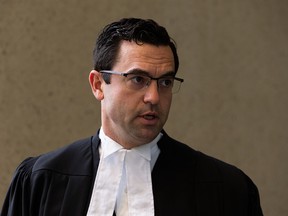
“We did a survey of our members and a very strong majority were in favour of going on strike. This isn’t just a bluff. This isn’t just words we throw around loosely.”
Under current conditions, the letter says, cases that could be stayed include “sexual assault, robberies, domestic assaults and other crimes of significant violence.” That doesn’t include hundreds of even more serious cases awaiting trial in Court of Queen’s Bench.
The prosecutors didn’t get a meeting with the premier. But “discussions” have started.
Alberta has about 380 Crown lawyers. The count is fluid because departures (and some additions) happen regularly.
The government did announce hiring of 50 new Crown prosecutors, mostly at the junior level. Officials say those people were brought on.
But still, departures are so high that nearly 40 positions are now vacant. In recent weeks three prosecutors from the Calgary office and four in Edmonton have taken jobs in other provinces. Every time that happens, the court backlogs stack up further.

Crown prosecutors see 'glimmer of hope' to avoid strike after government meeting

Possible Crown prosecutor strike would bring justice system to a 'grinding halt'
The UCP has said for three years now that public servants make too much money in comparison with other provinces, based on the findings of the MacKinnon Report. The government’s key policy goal is to bring pay into line.
But the standard should apply both ways. If a vital area such as Crown prosecution is seriously underpaid by national standards, the compensation should surely be raised.
The government acknowledges that some Crowns, although not all, face a significant pay gap. There seems to be a will to fix that.
But the prosecutors have other problems. In 2017, the UCP, then in opposition, called for an end to triage; the system brought in by the NDP that allows picking and choosing which cases go to trial. Some are never heard because of staff shortages.
And yet, triage still exists under the UCP. The Crowns want it ended. There is also a shortage of security in rural courtrooms, a high level of stress and burnout, and many other problems.
The prosecutors are classified as managers even though, as Sopko says, “95 per cent of our lawyers don’t manage anyone.”
That classification means Crown prosecutors have faced several politically motivated pay freezes. It also keeps them from negotiating with the government. Unlike prosecutors in every other province but Saskatchewan and Prince Edward Island, they do not have collective bargaining rights.
The government’s position seems to be that the Crowns are welcome to join the Alberta Union of Provincial Employees. By law, all units with employees who work for government must bargain through AUPE.
But the lawyers argue persuasively that this would create a conflict of interest.
In trials, prosecutors often call witnesses who work for the government.
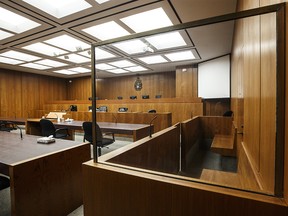
A social worker might testify against an abusive spouse, for instance. The defence could claim that the worker and the Crown prosecutor are in conflict as AUPE members.
The Crowns asked the Labour Relations Board for certification as an independent bargaining unit. They were unsuccessful at the Board and again at Queen’s Bench. The case is now before the Appeal Court, awaiting decision.
The Queen’s Bench judgment rejected the prosecutors’ case on technical grounds, but pointed out that Crowns have their own independent bargaining units in British Columbia, Ontario, Nova Scotia and New Brunswick.
About 300 of the province’s Crown lawyers have joined the voluntary ACAA. It has gained informal standing with the government. The mere fact of a meeting with Treasury officials is a big step.
While the union question sorts out, there has to be urgent action on pay, staff shortages, security in rural court, work conditions and triaging.
Government neglect, alternating with occasional action, has allowed problems to fester and grow.
“There has to be some structure in place to prevent standards in the ACPS from slipping while political attention is directed elsewhere,” says Aaron Rankin, secretary of the prosecutors’ association.
“Albertans should be able to count on that.”
Only the criminals would disagree.
Don Braid’s column appears regularly in the Herald.
Twitter: @DonBraid
Facebook: Don Braid Politics
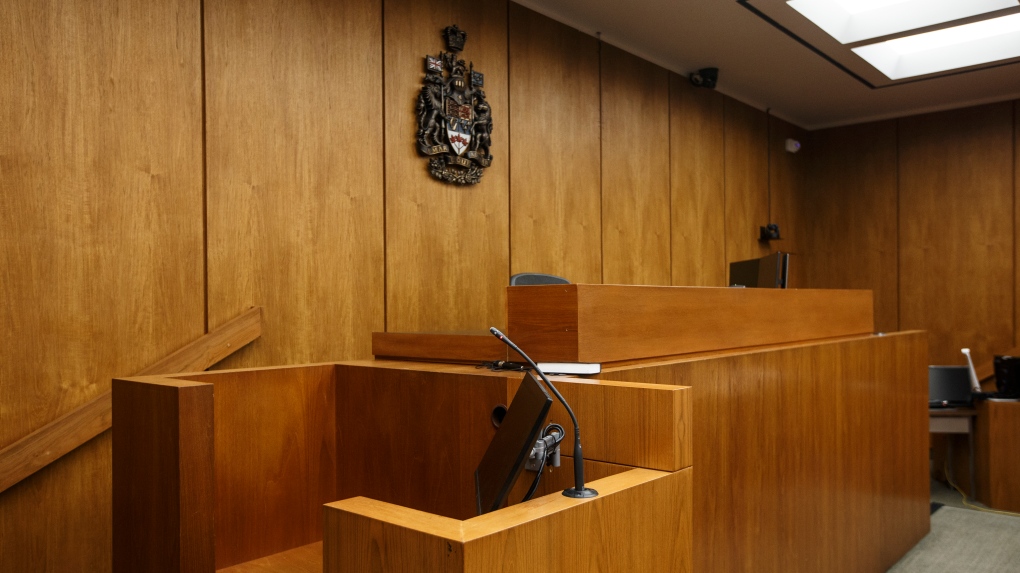
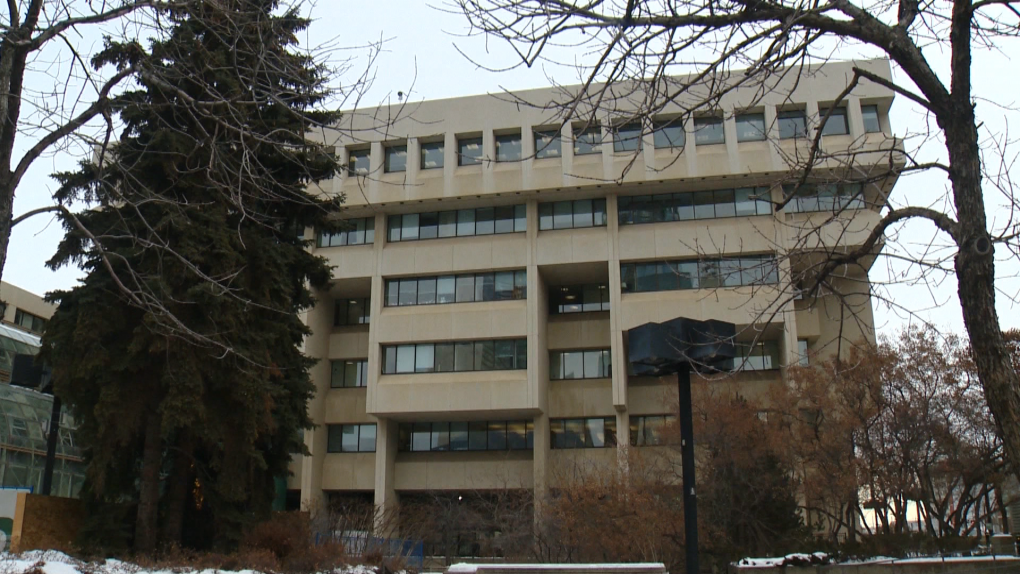
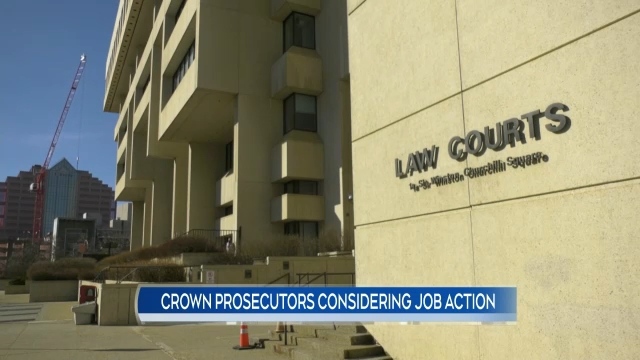
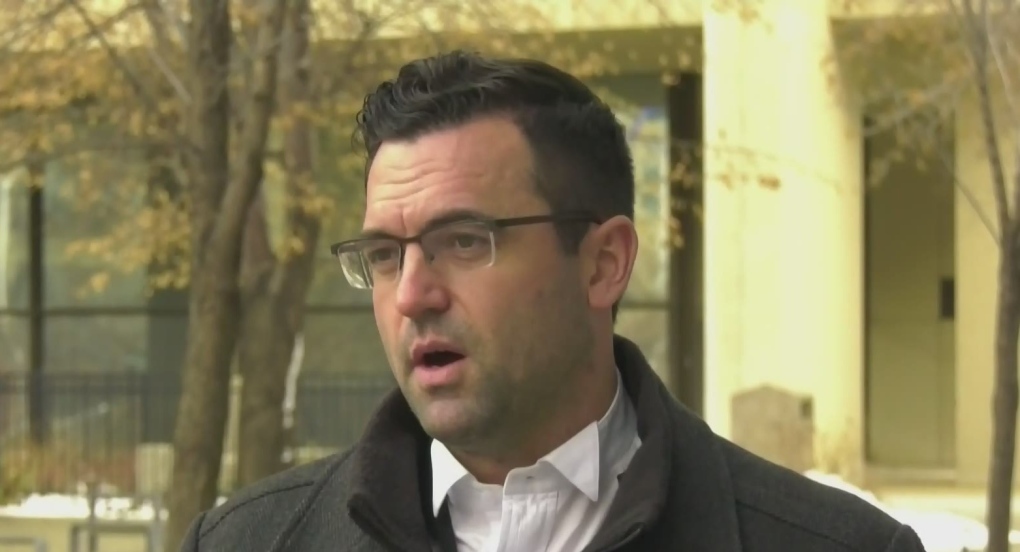




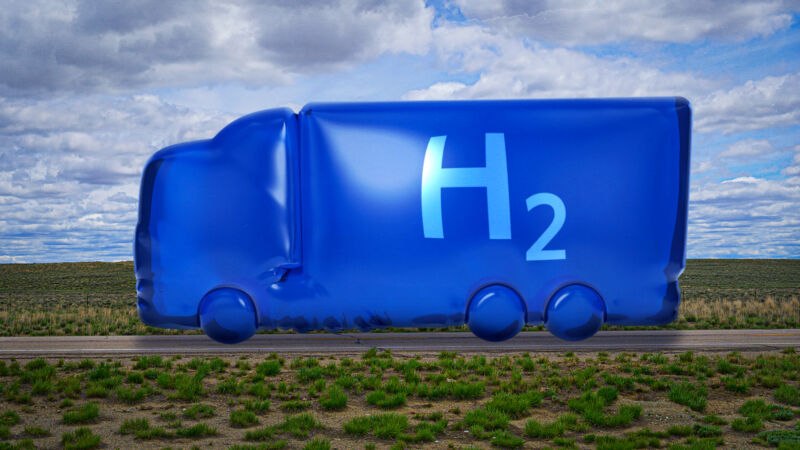






 ‘When Emmanuel Macron’s carbon tax unleashed the gilets jaunes movement, protesters were dealt with brutally.’ Demonstrators and police clash in Quimper, western France, November 2018. Photograph: Fred Tanneau/AFP/Getty Images
‘When Emmanuel Macron’s carbon tax unleashed the gilets jaunes movement, protesters were dealt with brutally.’ Demonstrators and police clash in Quimper, western France, November 2018. Photograph: Fred Tanneau/AFP/Getty Images


